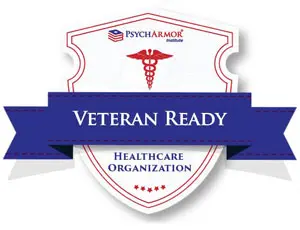How Addiction is Portrayed in the Media
Addiction is often depicted on television in either a watered down or exaggerated manner. Directors arrange scenes suited for families to enjoy together through lighthearted sitcoms depicting 30-minute fixes, or an outrageous fabrication of someone with no redeeming qualities suffering at rock bottom. In reality, those with addiction experience a much different demon than the one characterized through the media. Viewers are often captivated by an actor’s bombastic display of drunken emotion. In reality, those outbursts are often embarrassing or distressing. Watchers tune in for entertainment, not education or accuracy.
The numbers demonstrating the impact visual representation of drugs and alcohol has on spectators is alarming. $25 billion per year are spent by advertisements for alcohol products. Correspondingly, on average every 22 minutes someone is shown on television consuming alcohol. In respect to $8.9 billion being dedicated to the promotion of tobacco products annually, 90% of rated R movies have smoking scenes. The characters illustrated smoking in those scenes are generally gifted alluring and handsome personas. Portraying said characters in this light leaves impressionable viewers to believe smoking and drinking are the proper procedures to obtain the desired charisma of being interesting.
The Rat Pack is an excellent example of a desired persona rooted in over consumption and that influenced million’s opinions of what “cool” is. The lasting impact of the Rat Pack is best exemplified in the popular Oceans movie series. Concurrently, the manner in which celebrations are oftentimes displayed can mislead viewers to believe every special occasion or piece of good news needs to be met with toxic indulgences. On reality TV shows, drinking is shown exhaustively. Editors are able to manipulate footage to give drinking or smoking a glamorous aura, neglecting the raw and ugly truth. Shows credited with the most accurate portrayals of addiction are Mom starring Anna Farris, FOX’s popular drama House, and Emmy award winning docu-series Intervention.
Mom veraciously exhibits life in recovery. Though a sitcom, the issues are not sugar coated. Very clearly the strains of sobriety, relationship rebuilding, and trust are navigated each episode. On House, a high functioning doctor is chronicled each week attempting to balance his closet Vicodin addiction and thriving career. Furthermore, the show sheds a light on the dismal case that many healthcare professionals secretly suffer from addictions themselves. Intervention aims to introduce people to the realities of addiction in hopes of reducing the stigma associated with addiction. The recruitment team for Intervention sought out people who did not fit the typical stereotype of someone conflicted with substance abuse. Concurrently, the show documented the collateral damage of addiction. Never does addiction only impact one person. Intervention does an excellent job of highlighting the wide-reaching effects of addiction on addicts and those around them.
Some productions companies such as MTV have designated programs to assist those facing troubles similar to their stars. If MTV airs an episode showing a character suffering from something whether it be excessive drinking, drug use, anxiety, depression, or several other cases a PSA is shown at the end of the episode offering help hotlines. MTV has patterned with several campaigns such as Half Of Us, It Gets Better, and Truth (anti-smoking).
Seabrook is here to help as well. If you know anyone suffering from substance addiction or co-occurring disorders, do not hesitate to reach out. Our New Jersey facilities offer a safe and supportive environment for you or someone you love to begin the journey toward lasting sobriety. To learn more about our addiction treatment services, contact us today: (888) 223-0298.



